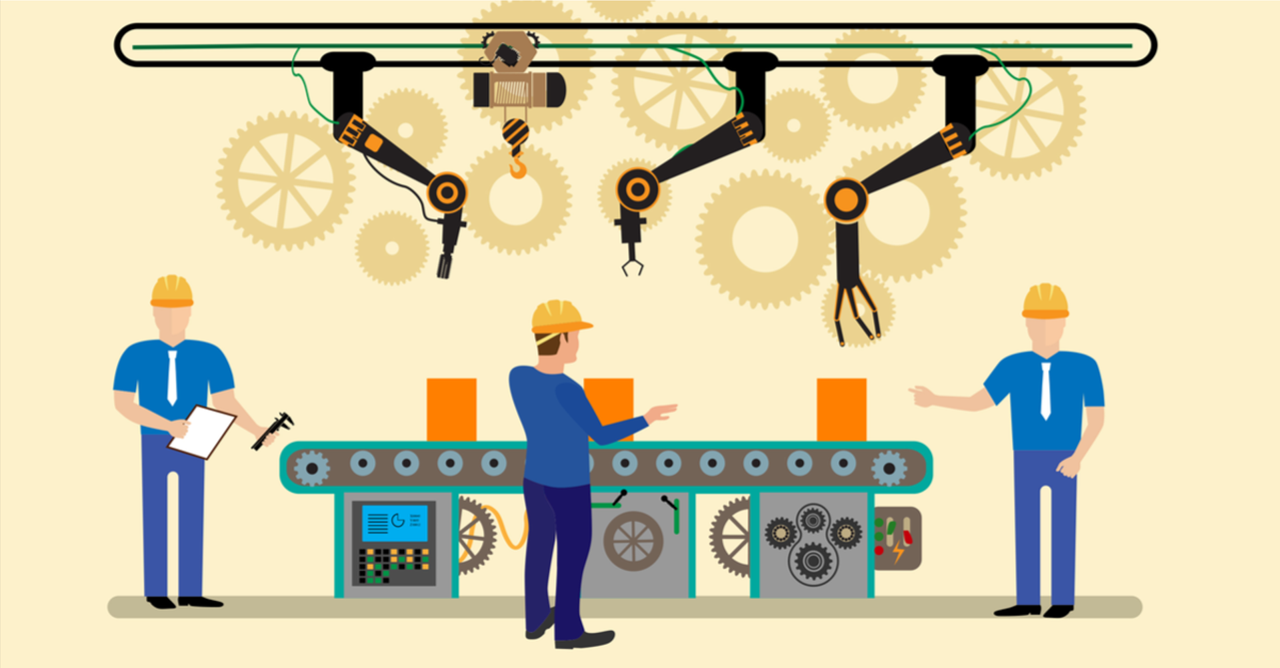The digital space may feel like an endless resource, but you need to play your cards right to become profitable. Successful manufacturing businesses put themselves in their audience’s shoes to learn how to grab their interest. What types of offers and messages interest them? Which communication channels do they prefer?
That’s where buyer personas come in handy.
What is a Buyer Persona?
A buyer persona is a fictionalized version of your ideal customers. Think about the target audience you want to attract and build a 3-D image of them. Then, use this persona to understand how your real customers react to certain manufacturing business marketing campaigns, what deals they respond to, or what type of products they like.
If you're a manufacturer, you probably have a good idea of your ideal customers. After all, you spend most of your resources manufacturing solutions that your customers will find valuable - that takes context and research. So, why is it that many manufacturers are missing key factors in their sales and marketing approach? To land more business you need to put the right messages in front of the right people inside of the right companies.
How to Create a Buyer Persona
You might be asking, “Is this one of those things that sounds easy but is actually really time-consuming and difficult?” Let’s put it this way: it’s only as complex as you make it.
Related: 7 Sneaky Tips for Building Buyer Personas
You can easily spend a lot of time and effort compiling data and creating strategies for several different personas, or you may only need a brief summary of your one main persona. Your company’s needs will vary, but let’s start at the beginning.
All you really need to create buyer personas are the right questions. For example:
- What is their demographic information?
- What is their education?
- Where do they work? In what industry?
- What’s their career level: entry-level or a management position?
- What does a typical week look like for them?
- How do they behave online? Are they present on social media? Do they read blogs or are they just watching cooking shows?
- What kind of products do they look for and where?
- Do they first look at the reviews before they buy?
- How much are they willing to spend?
- What things do they look for in an online transaction? Do they only want free shipping, exclusive discounts, etc.? What about in-person transactions?
Developing buyer personas is similar to playing a game of The Sims. Think of your character’s behavioral qualities, imagine details about their life and what their personality is like. It can also help to give them a name – like Office Manager Michelle or Stay-at-Home Stanley – and a stock image face. A good buyer persona has their own identity, so have a distinctive point of reference moving forward.
Successful B2B manufacturing organizations put themselves in their audience's shoes. Understand what resonates with them and what ultimately makes them respond -- laying that groundwork is where your sales and marketing strategy should begin. Start by identifying the types of customers you'd like to sell to (companies), along with the correct roles of the people inside those companies (buyer personas).

B2B vs. B2C Personas
First, let’s explain the two concepts:
- B2B (business-to-business) acts as a collective. You're selling to an entire entity and not its members.
- B2C (business-to-consumer) means you need to think of the individual decision of your consumers.
For a B2B persona, the most important characteristic is their role in the company, particularly if they have anything to say in what the company buys. Manufacturing companies should also consider their suppliers and distributors when creating these personas. You’ll need to focus more on the professional side of your persona and develop their career background. It helps to think of their objectives as company’s goals and endgames.
Typically there are several roles within the company that are a part of the buying process. Often, higher cost capital purchases require a buying committee, so you have to appeal to the needs of each of those roles (think CFO, Procurement, R&D Engineer) to ensure you're considered for the purchase.
As for B2C personas, they have a more emotional side. Think of their family structure, hobbies, personal preferences, even moods and impulses. These personas are a lot more nuanced than B2B personas, but they're just as important.
Staying One Step Ahead
The entire point of creating buyer personas is to have meaningful insight into your customers. A greater understanding leads to better offers for your manufacturing services and products, more successful marketing campaigns and increased sales.
Creating buyer personas keeps your business one step ahead, as long as they represent your audience accurately. If you find yourself stuck, and don’t know where to start, get in touch with us today -- we're happy to help.



